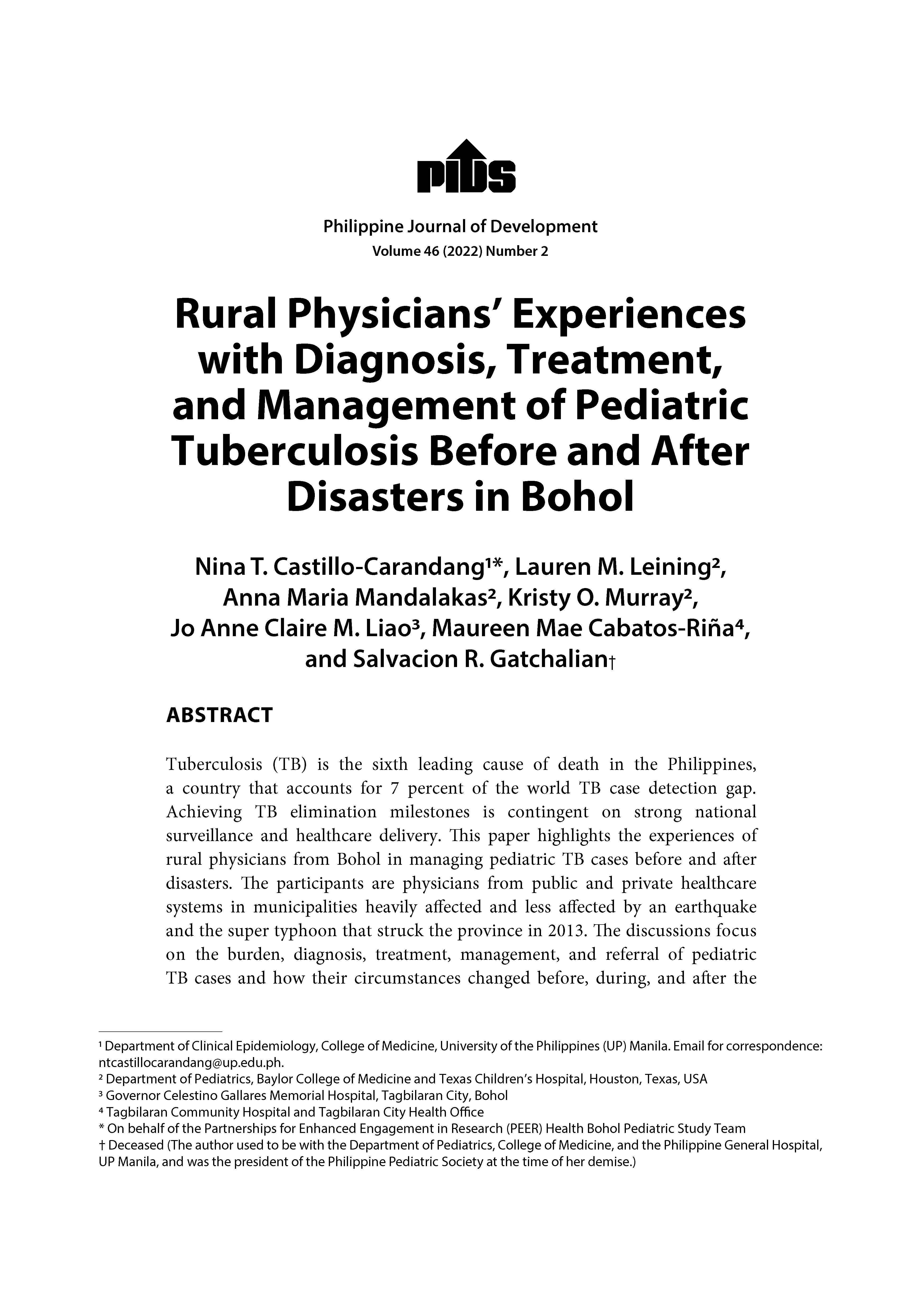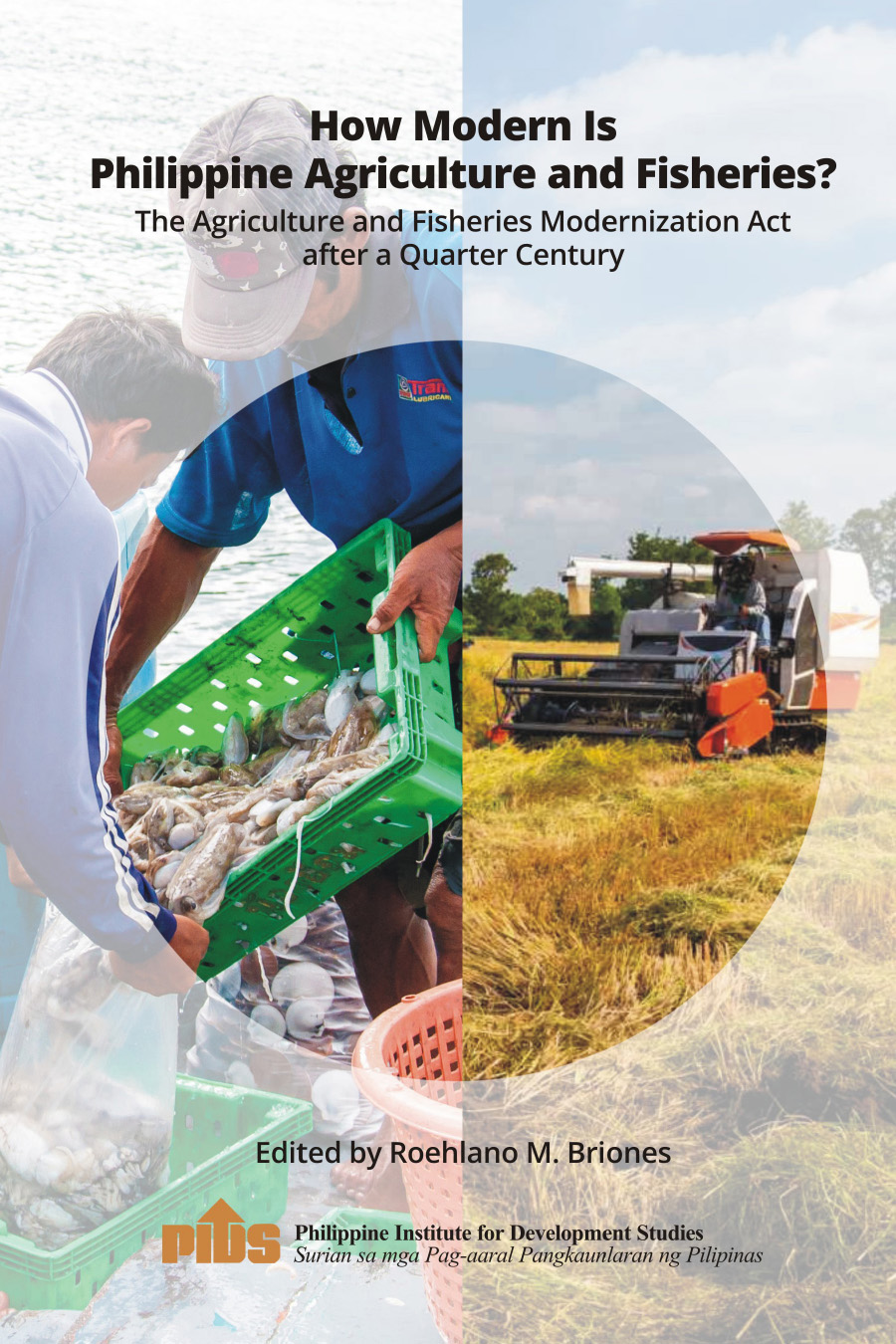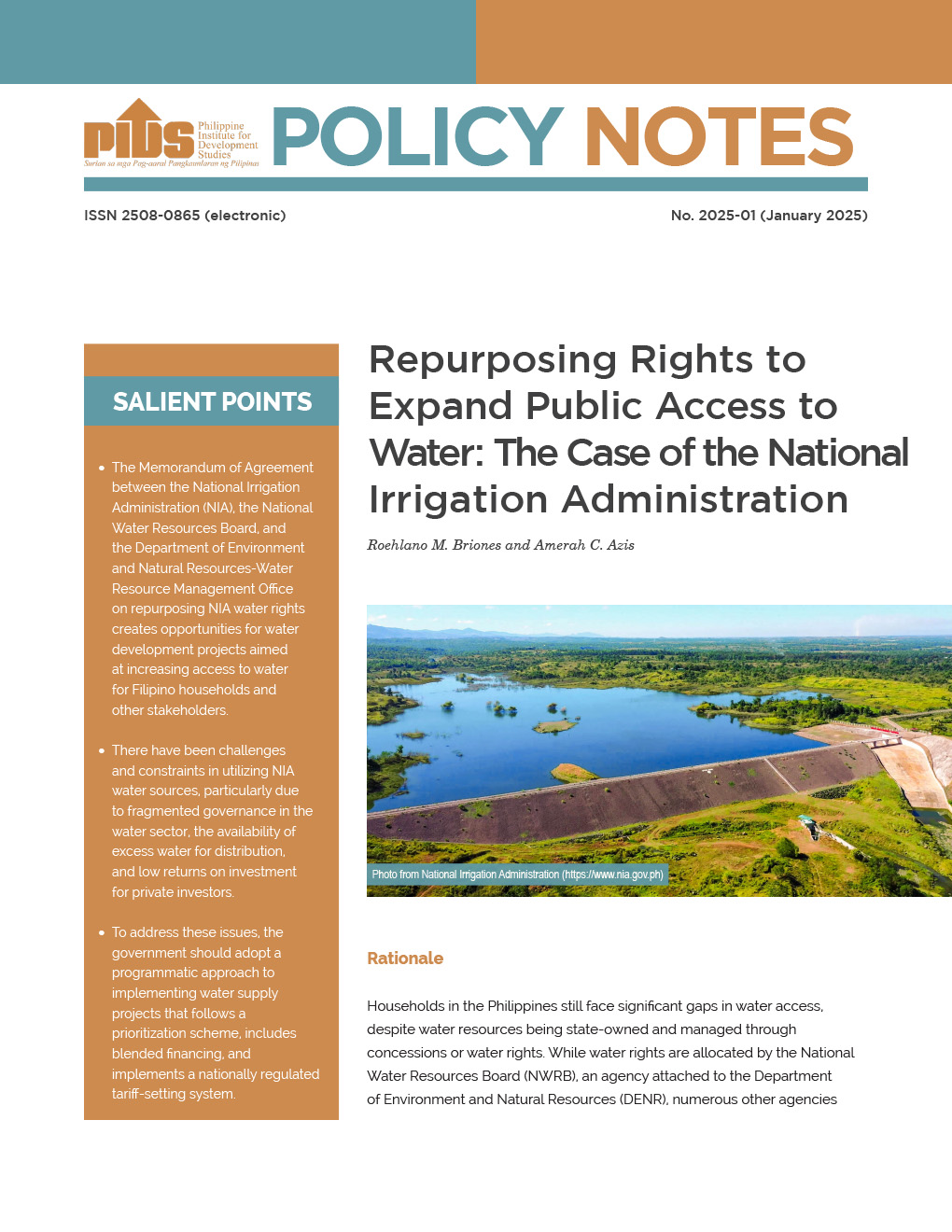FOLLOWING projections of La Niña coming in at the last quarter of the year, the Department of Agriculture (DA) said it is already starting the initial preparations to help farmers deal with the effects of the weather phenomenon.
Philippine Atmospheric, Geophysical and Astronomical Services Administration’s (Pagasa) Climate Monitoring and Prediction Section Chief Anthony Lucero said there is a 50-percent chance of La Niña’s developing after the onslaught of El Niño in the country.
“Right now, there is a 50:50 chance of La Niña happening. We will know for sure in July,” Lucero said in aphone interview.
La Niña is characterized by the cooler temperature in the Equatorial Pacific, and is associated with above-normal rainfall levels.
The expert said that in three out of four cases where a strong El Niño occurs, La Niña follows.
“This means there is a strong possibility that La Niña may occur after El Niño,” Lucero said.
If La Niña does develop, he said the Philippines would feel its full impact by November 2016 to February 2017. He also warned those provinces lying along the Eastern coast of the country—including Quirino, Isabela, Quezon, Bicol region, Samar, Leyte, Surigao, Agusan, Compostela and Davao Oriental—may be the most vulnerable during that period.
Heeding this warning, DA Field Operations Service Director Christopher Morales told the BusinessMirror the agency, particularly the national rice and corn programs, along with the DA’s regional coordinators, has already started to plan its possible interventions.
“Last week we conducted an operational planning workshop with our National Rice and Corn Program coordinators nationwide to strategize and schedule our interventions [to mitigate the effects of the possible La Niña],” Morales said.
It was then decided that planting for the wet cropping season (particularly in Central Luzon) should commence by May until the second week of June so farmers can already harvest by September, before the onset of La Niña.
“It is already the start of the planting season, so some farmers have already started planting this May. But there are areas that have only started preparing their land as they’ve only just started experiencing rains,” Morales said. “The latest, if some areas end up planting late, should be by early June. There’s a high risk of damage if farmers plant later than June.”
The DA, he said, has enough buffer stocks on seeds and planting materials.
He said the DA is advising farmers to use flood-tolerant varieties to minimize damage caused by heavy rains and flooding. The agency can also withdraw some seeds and planting materials stocked for the next planting season in advance if needed, he said.
Most important, strict coordination with other national agencies, particularly the Pag-asa, will also be crucial in the agency’s mitigation efforts, Morales said.
Morales said this will ensure the DA is kept up-to-date with the latest weather forecasts, which will help the agency plan out its interventions and provide advisories to farmers, such as when to plant or when to harvest their crops.
Though faced with the possibility of La Niña, Morales said the DA has not yet decided to propose for additional budget from the national government.
“Right now, we are working with our regular budget. We have also received about P450 million as replenishment for our Quick Response Fund, which has already been fully utilized for rehabilitation efforts after Typhoons Lando and Nona, as well as El Niño. We can tap that,” he said.
The decision to implement other interventions, as well as the request for additional budget, may be left to the next administration, Morales said. “There will be a transition meeting with the incoming agriculture administration next week. One of the worries of Manny Pinol is the possible devastation by La Niña, so it will most likely be discussed,” he said.
Meanwhile, the field operations director said the DA has not yet projected the possible extent of damage La Niña may cause to the agriculture sector.
“It’s hard to predict. There are many factors that we need to consider, such as the amount of rainfall and the period it will hit,” Morales said.
Meganomics Specialists International Inc. President Pablito M. Villegas said the possible La Niña episode may have a negative impact on the growth of the agriculture sector.
“What’s important, though, is the kind of climate resiliency mechanism the government will implement,” he added.
Philippine Institute for Development Studies Senior Research fellow Roehlano Briones remained positive La Niña’s impact on the agriculture sector may not be as extensive as El Niño’s.
“There’s not much production going on in the Eastern coast of the country, relative to other parts of the Philippines. So I think the effect will be much less than El Niño, which tends to occur over a very broad area,” Briones said.
Philippine Atmospheric, Geophysical and Astronomical Services Administration’s (Pagasa) Climate Monitoring and Prediction Section Chief Anthony Lucero said there is a 50-percent chance of La Niña’s developing after the onslaught of El Niño in the country.
“Right now, there is a 50:50 chance of La Niña happening. We will know for sure in July,” Lucero said in aphone interview.
La Niña is characterized by the cooler temperature in the Equatorial Pacific, and is associated with above-normal rainfall levels.
The expert said that in three out of four cases where a strong El Niño occurs, La Niña follows.
“This means there is a strong possibility that La Niña may occur after El Niño,” Lucero said.
If La Niña does develop, he said the Philippines would feel its full impact by November 2016 to February 2017. He also warned those provinces lying along the Eastern coast of the country—including Quirino, Isabela, Quezon, Bicol region, Samar, Leyte, Surigao, Agusan, Compostela and Davao Oriental—may be the most vulnerable during that period.
Heeding this warning, DA Field Operations Service Director Christopher Morales told the BusinessMirror the agency, particularly the national rice and corn programs, along with the DA’s regional coordinators, has already started to plan its possible interventions.
“Last week we conducted an operational planning workshop with our National Rice and Corn Program coordinators nationwide to strategize and schedule our interventions [to mitigate the effects of the possible La Niña],” Morales said.
It was then decided that planting for the wet cropping season (particularly in Central Luzon) should commence by May until the second week of June so farmers can already harvest by September, before the onset of La Niña.
“It is already the start of the planting season, so some farmers have already started planting this May. But there are areas that have only started preparing their land as they’ve only just started experiencing rains,” Morales said. “The latest, if some areas end up planting late, should be by early June. There’s a high risk of damage if farmers plant later than June.”
The DA, he said, has enough buffer stocks on seeds and planting materials.
He said the DA is advising farmers to use flood-tolerant varieties to minimize damage caused by heavy rains and flooding. The agency can also withdraw some seeds and planting materials stocked for the next planting season in advance if needed, he said.
Most important, strict coordination with other national agencies, particularly the Pag-asa, will also be crucial in the agency’s mitigation efforts, Morales said.
Morales said this will ensure the DA is kept up-to-date with the latest weather forecasts, which will help the agency plan out its interventions and provide advisories to farmers, such as when to plant or when to harvest their crops.
Though faced with the possibility of La Niña, Morales said the DA has not yet decided to propose for additional budget from the national government.
“Right now, we are working with our regular budget. We have also received about P450 million as replenishment for our Quick Response Fund, which has already been fully utilized for rehabilitation efforts after Typhoons Lando and Nona, as well as El Niño. We can tap that,” he said.
The decision to implement other interventions, as well as the request for additional budget, may be left to the next administration, Morales said. “There will be a transition meeting with the incoming agriculture administration next week. One of the worries of Manny Pinol is the possible devastation by La Niña, so it will most likely be discussed,” he said.
Meanwhile, the field operations director said the DA has not yet projected the possible extent of damage La Niña may cause to the agriculture sector.
“It’s hard to predict. There are many factors that we need to consider, such as the amount of rainfall and the period it will hit,” Morales said.
Meganomics Specialists International Inc. President Pablito M. Villegas said the possible La Niña episode may have a negative impact on the growth of the agriculture sector.
“What’s important, though, is the kind of climate resiliency mechanism the government will implement,” he added.
Philippine Institute for Development Studies Senior Research fellow Roehlano Briones remained positive La Niña’s impact on the agriculture sector may not be as extensive as El Niño’s.
“There’s not much production going on in the Eastern coast of the country, relative to other parts of the Philippines. So I think the effect will be much less than El Niño, which tends to occur over a very broad area,” Briones said.









